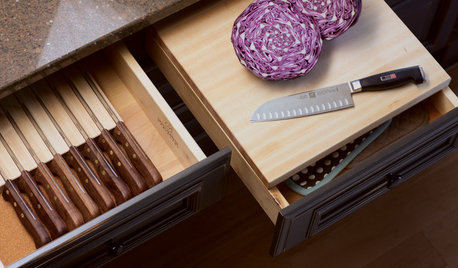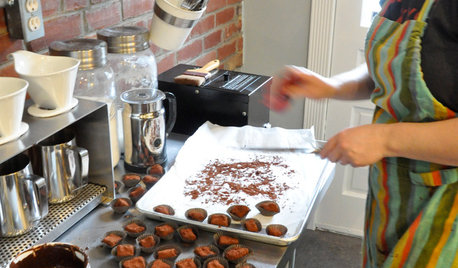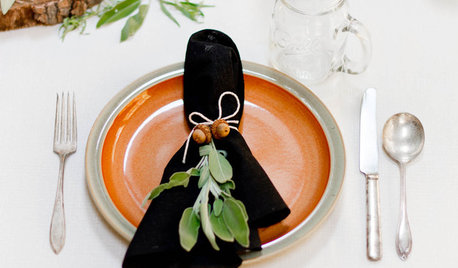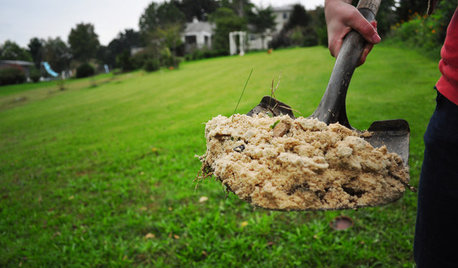Onion Advice
ilene_in_neok
16 years ago
Related Stories

KITCHEN STORAGEKnife Shopping and Storage: Advice From a Kitchen Pro
Get your kitchen holiday ready by choosing the right knives and storing them safely and efficiently
Full Story
FARM YOUR YARDAdvice on Canyon Farming From L.A.'s Vegetable Whisperer
See how a screened garden house and raised beds help an edible garden in a Los Angeles canyon thrive
Full Story
ARTThe Best Ways to Care for, Clean and Store Art
Keep your treasures on canvas and paper in top shape with this expert advice from two gallery directors
Full Story
WOODWORKINGHow to Clean and Care for Your Butcher Block
Keep butcher block counters and boards looking sharp as a knife — and sanitized for safe food prep — with this advice from a pro woodworker
Full Story
KITCHEN DESIGNLove to Cook? We Want to See Your Kitchen
Houzz Call: Show us a photo of your great home kitchen and tell us how you’ve made it work for you
Full Story

KITCHEN DESIGNWorld of Design: Favorite Recipes From Food Lovers Around the Globe
Travel with your tastebuds and experience for yourself these international foodies' favorite dishes
Full Story
GARDENING GUIDESGet a Head Start on Planning Your Garden Even if It’s Snowing
Reviewing what you grew last year now will pay off when it’s time to head outside
Full Story
GARDENING AND LANDSCAPINGGarden Musts for March
Some toil in the soil this month will help ensure a blooming garden come summer, so dig out your shovel and bring on the mulch
Full Story
DECLUTTERINGFoolproof Ways to Declutter Your Kitchen
If you find yourself fumbling through cupboards to find what you’re looking for, it’s time to take action with these simple steps
Full StorySponsored
More Discussions







Okiedawn OK Zone 7
Okiedawn OK Zone 7
Related Professionals
Milwaukee Landscape Architects & Landscape Designers · Walnut Landscape Architects & Landscape Designers · Roxbury Crossing Landscape Architects & Landscape Designers · Belmont Landscape Contractors · East Patchogue Landscape Contractors · Mequon Landscape Contractors · New Berlin Landscape Contractors · Parker Landscape Contractors · Woodland Landscape Contractors · Chicago Ridge Landscape Contractors · Crowley Landscape Contractors · Fort Lee Decks, Patios & Outdoor Enclosures · Palm Beach Gardens Decks, Patios & Outdoor Enclosures · Parker Decks, Patios & Outdoor Enclosures · Universal City Decks, Patios & Outdoor Enclosureskirts
ilene_in_neokOriginal Author
Okiedawn OK Zone 7
Macmex
Okiedawn OK Zone 7
Macmex
scottokla
Okiedawn OK Zone 7
scottokla